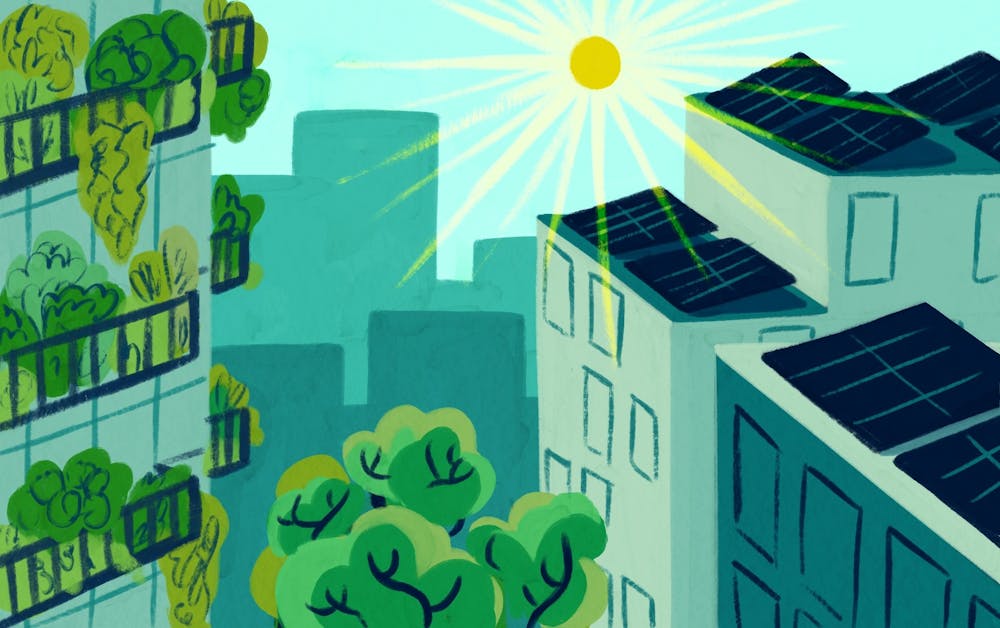ASU and the Salt River Project are teaming up to help make Arizona more resilient against the impacts of a changing global climate.
The University announced the partnership in early February and said the partnership will specifically address adaptation to climate change. The programs will focus on education, workforce, sustainability and technology innovation.
An SRP press release said this partnership on adaptation is a continuation of the work ASU and SRP have been collaborating on for more than 40 years.
"ASU has a partnership with SRP where we're trying to change knowledge on resilience and data and information about other things beyond just the utilities sector," said Patricia Solis, the executive director of the Knowledge Exchange for Resilience.
Solis said her school is working with communities to make them better able to withstand a changing environment.
"The Knowledge Exchange for Resilience really aims to support our community efforts at responding to any of those shocks and stressors that we might experience, whether they're social, economic or environmental disruptions," Solis said.
In a press release, University President Michael Crow said ASU and SRP were already working together on many of the initiatives included in the partnership.
"Now, under the scope of a long-term partnership that explicitly outlines our goals, we have an enhanced foundation to cultivate these projects," ASU President Michael Crow said in the announcement.
Chingwen Cheng, professor of landscape architecture and senior sustainability scientist, said in order to make the energy supply more resilient, communities must design a multidimensional infrastructure.
"We need to diversify our sources of electricity," Cheng said. "Arizona is doing well to have solar, wind and nuclear power. If we can decentralize more and have multiple sources, that's one of the resilience principles."
Solis said the failures of the Texas power grid during February's catastrophic winter storm emphasized the importance of decentralization.
"Most of those counties in Texas were on a single grid that was inside the state. Because they were disconnected from other power systems, when the failures started to happen, they couldn't rely on being connected to other grid systems to be able to pull on resources from other places," Solis said. "That lack of interconnectedness made them less resilient to that problem."
Arizona is also part of a regional network, allowing the state to draw from other areas of the system if one fails.
According to Solis, utility systems such as SRP working with sustainability efforts is invaluable for climate change preparedness, which includes accounting for unusual weather patterns, similar to what happened in Texas.
"The companies here in Arizona are participating in conversations about resilience with actors like ASU, explicitly trying to make sure we understand that broader landscape of community resilience, not just energy sustainability," Solis said.
Reach the reporter at amarksz@asu.edu and follow @alyssamarksz on Twitter.
Like The State Press on Facebook and follow @statepress on Twitter.
Continue supporting student journalism and donate to The State Press today.




